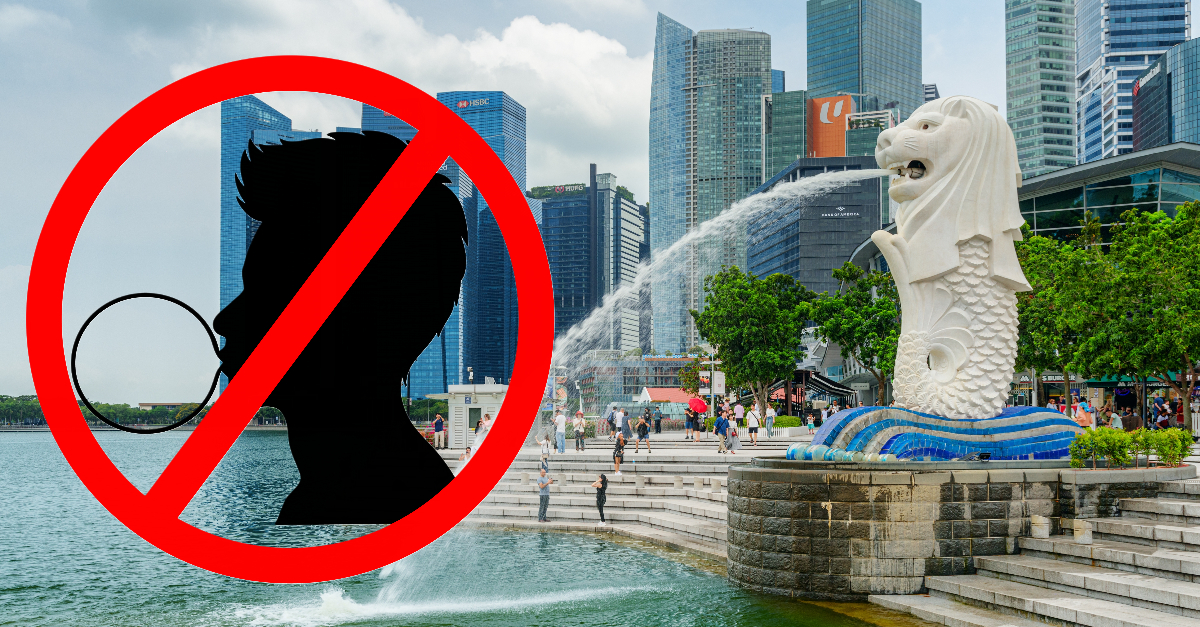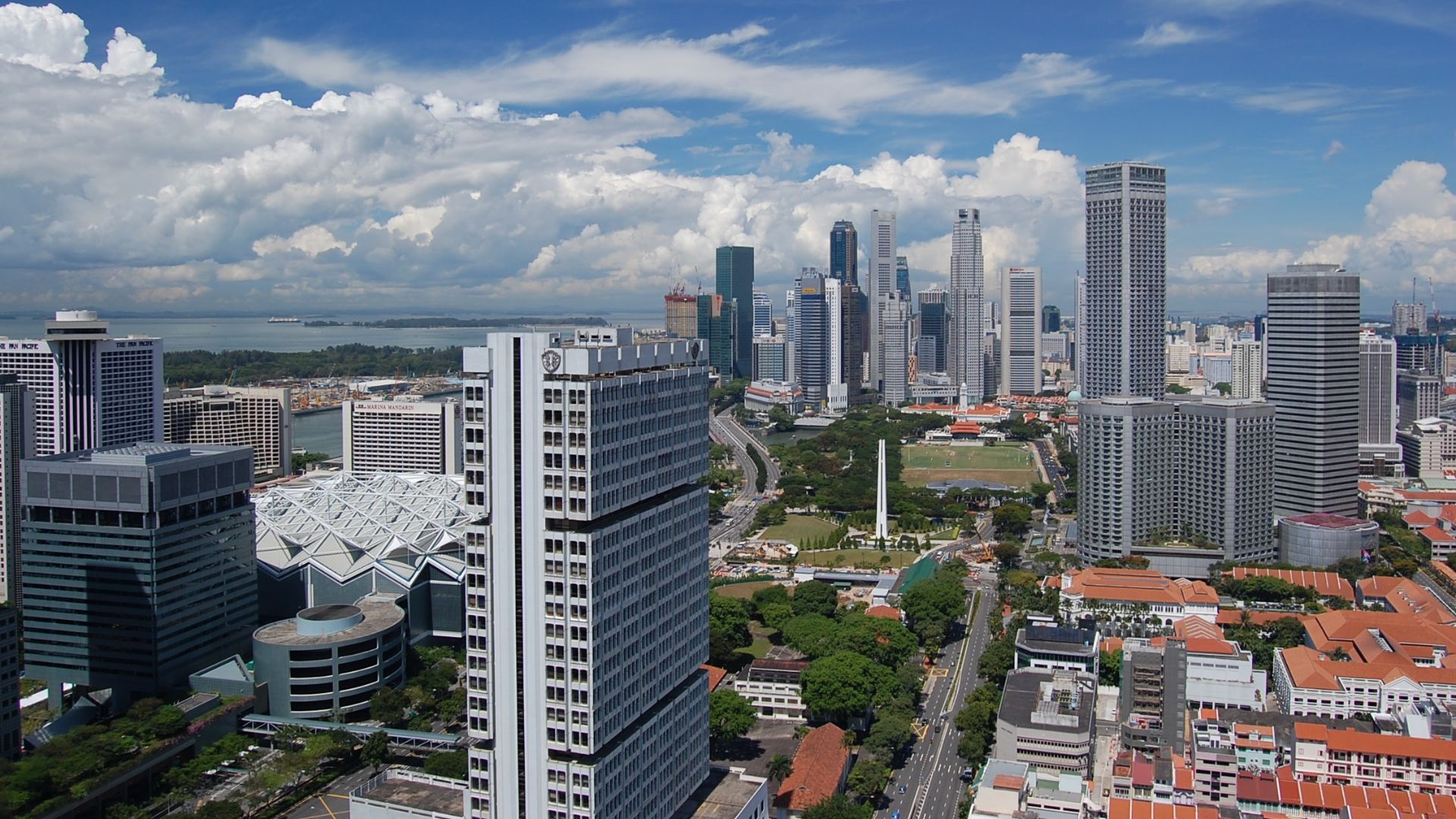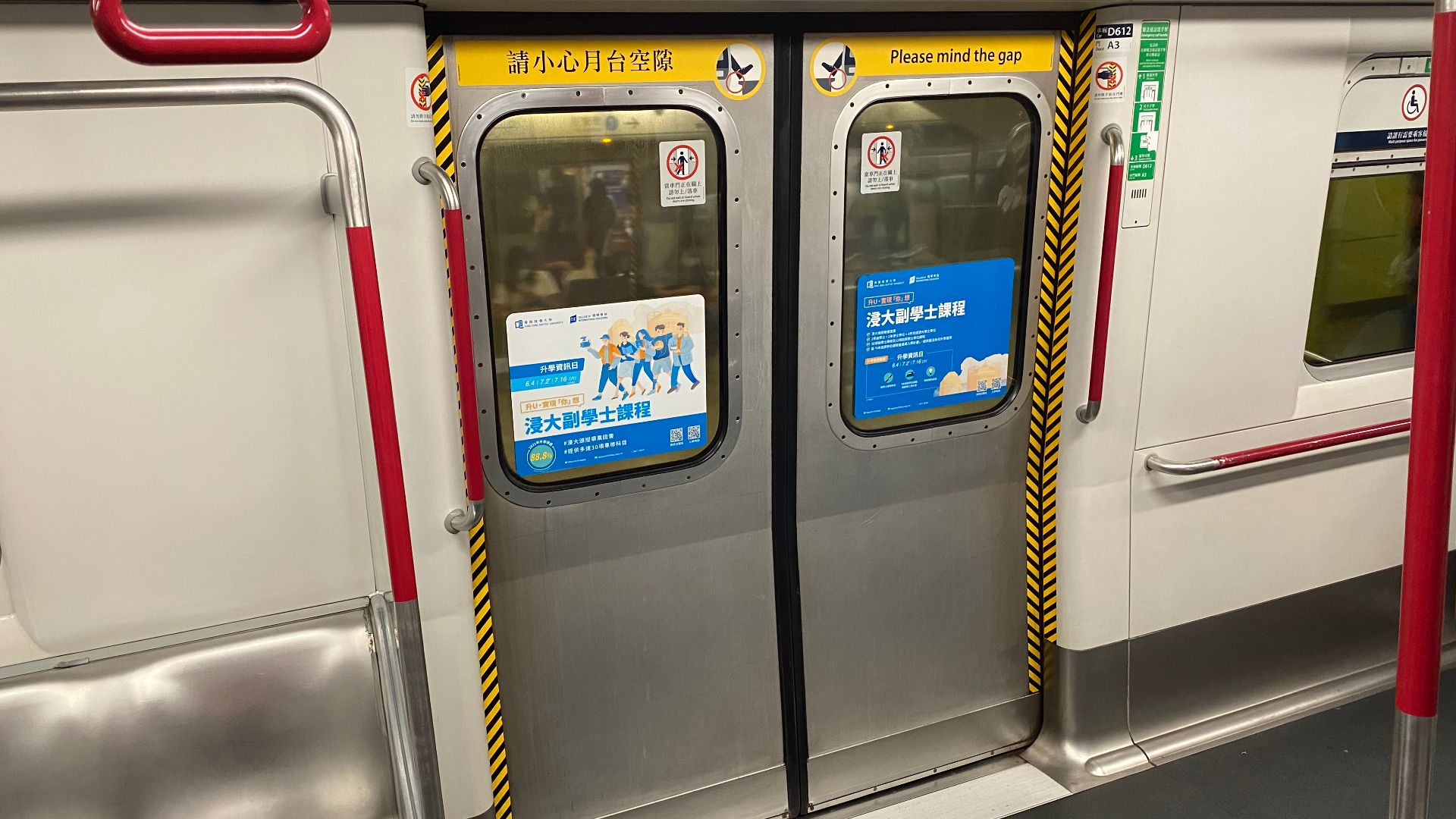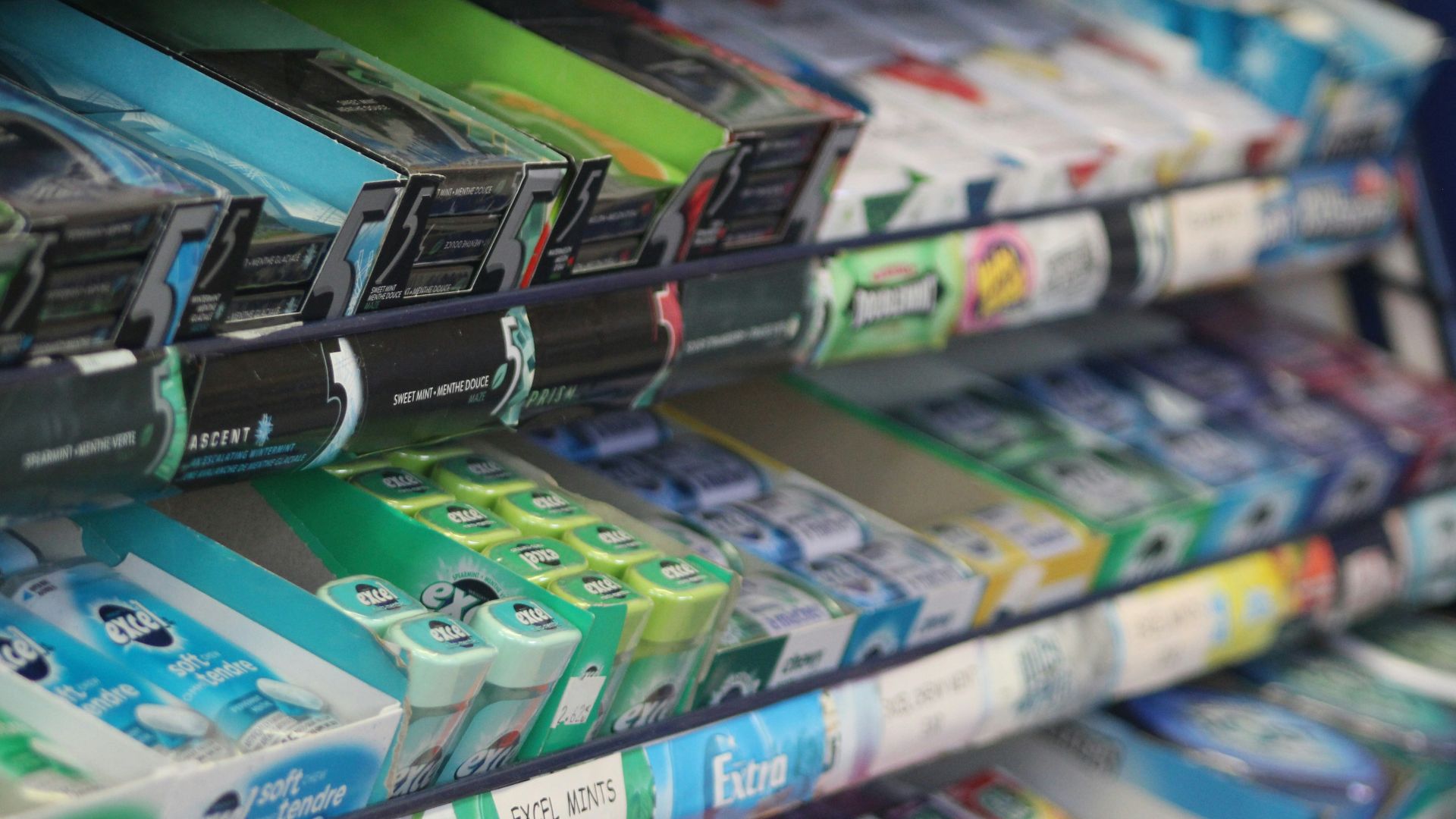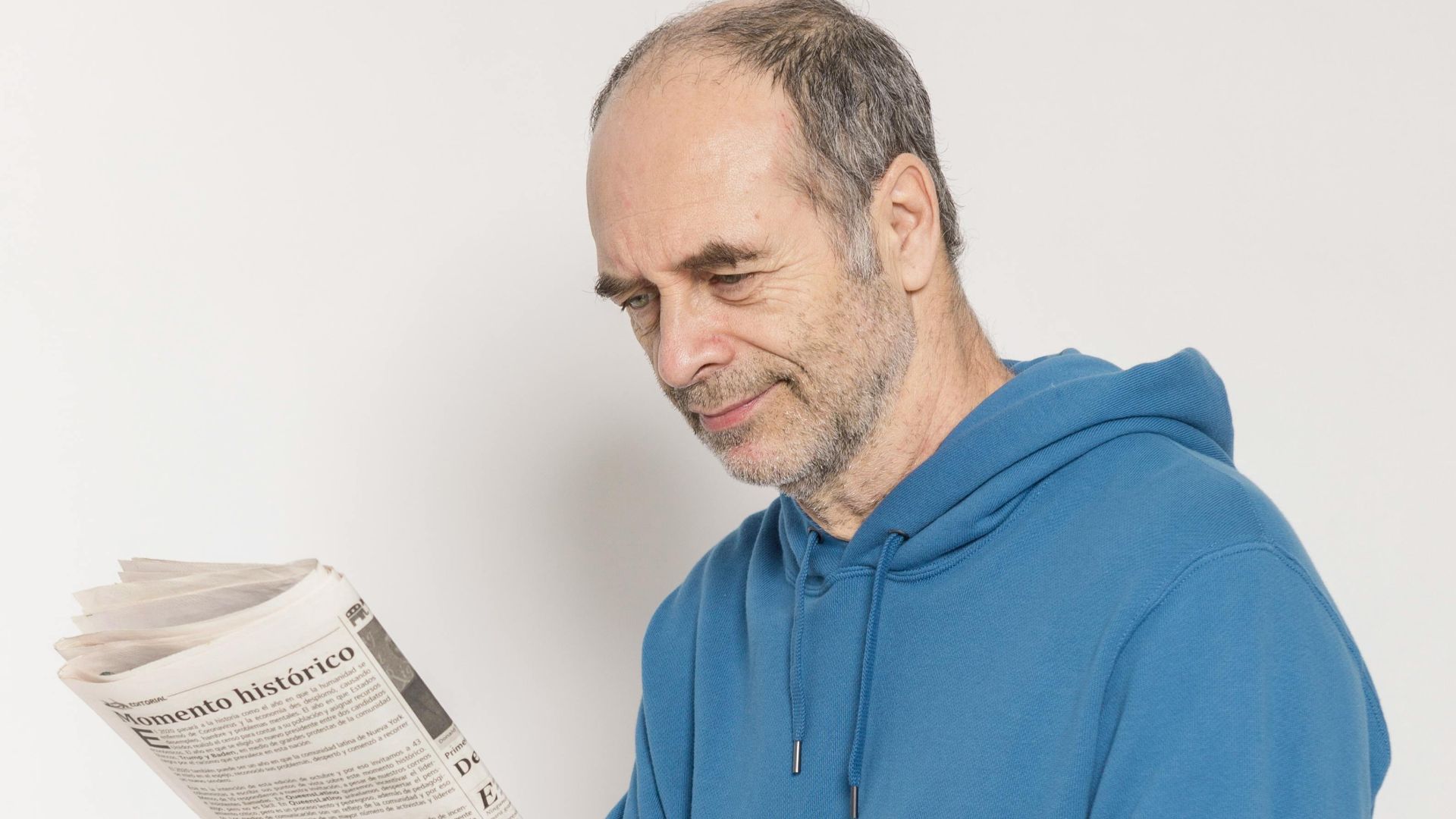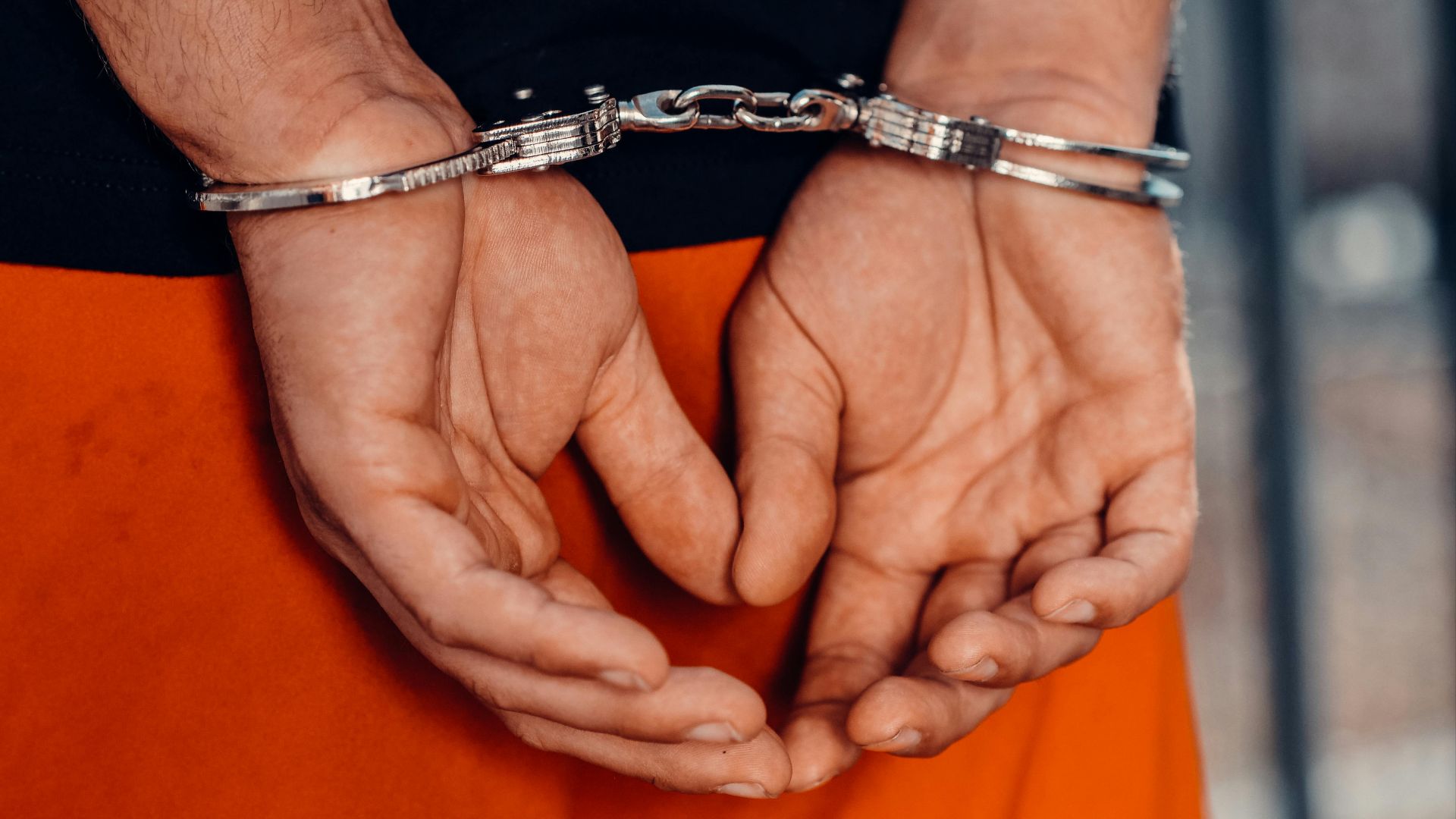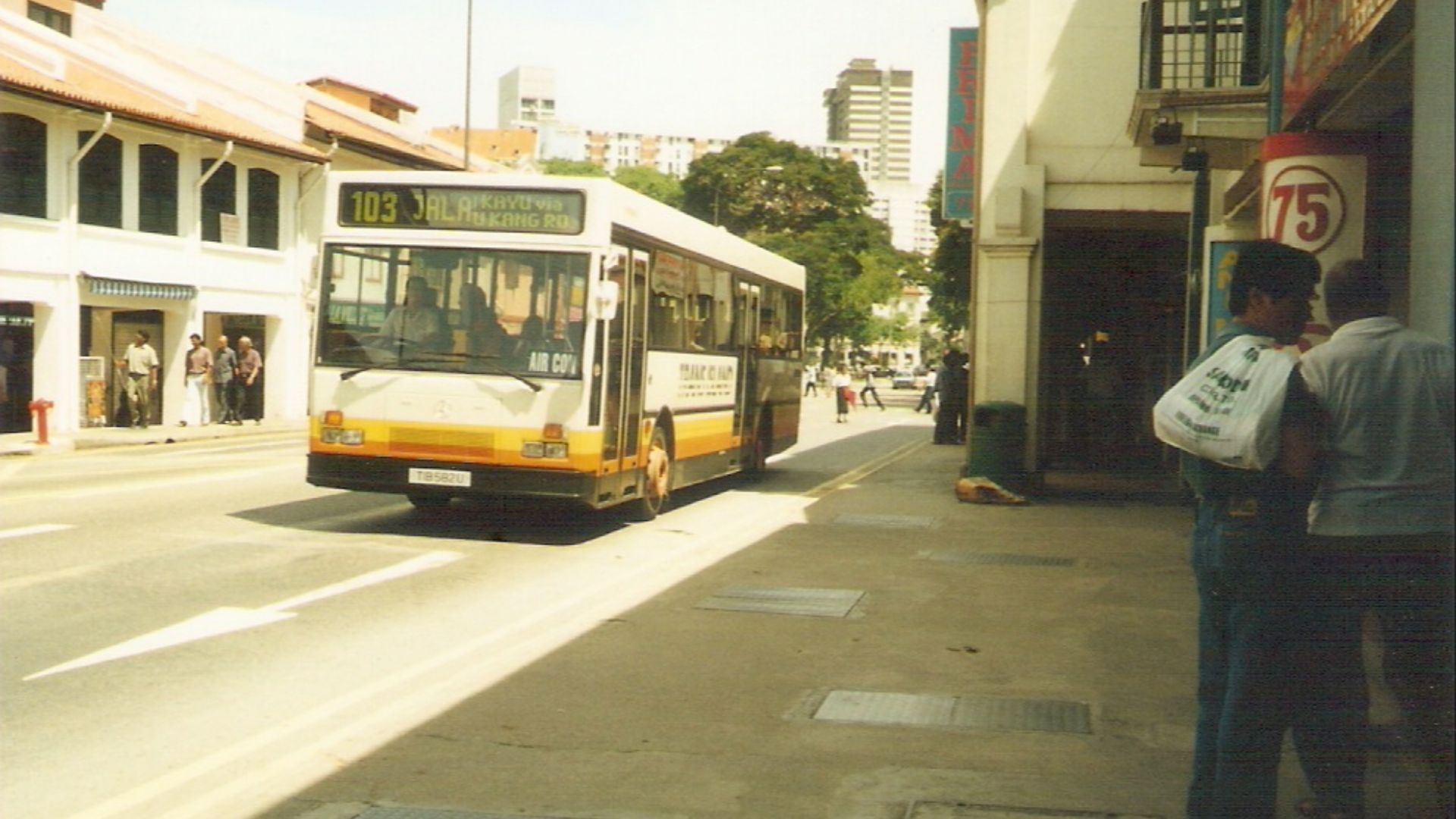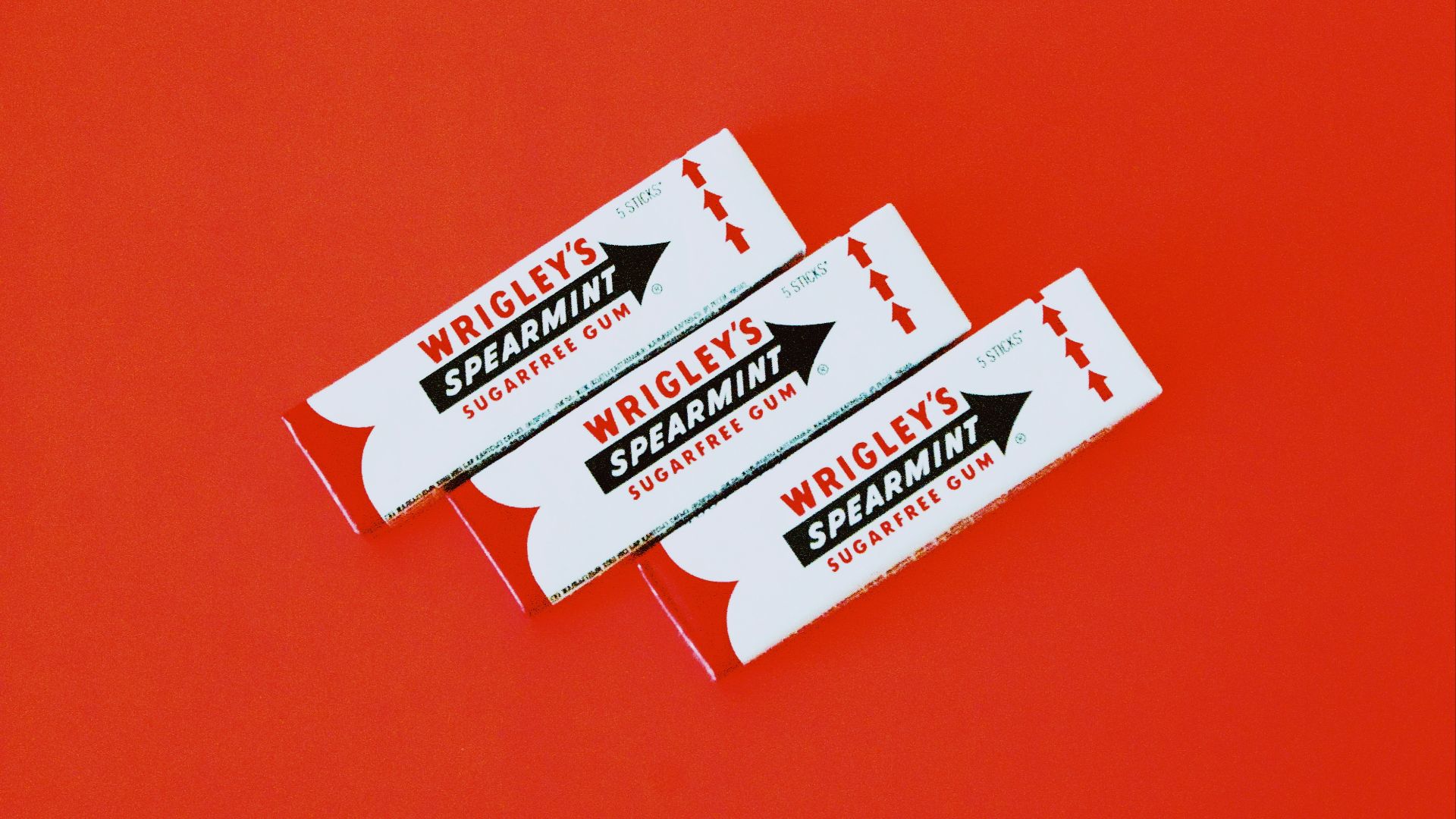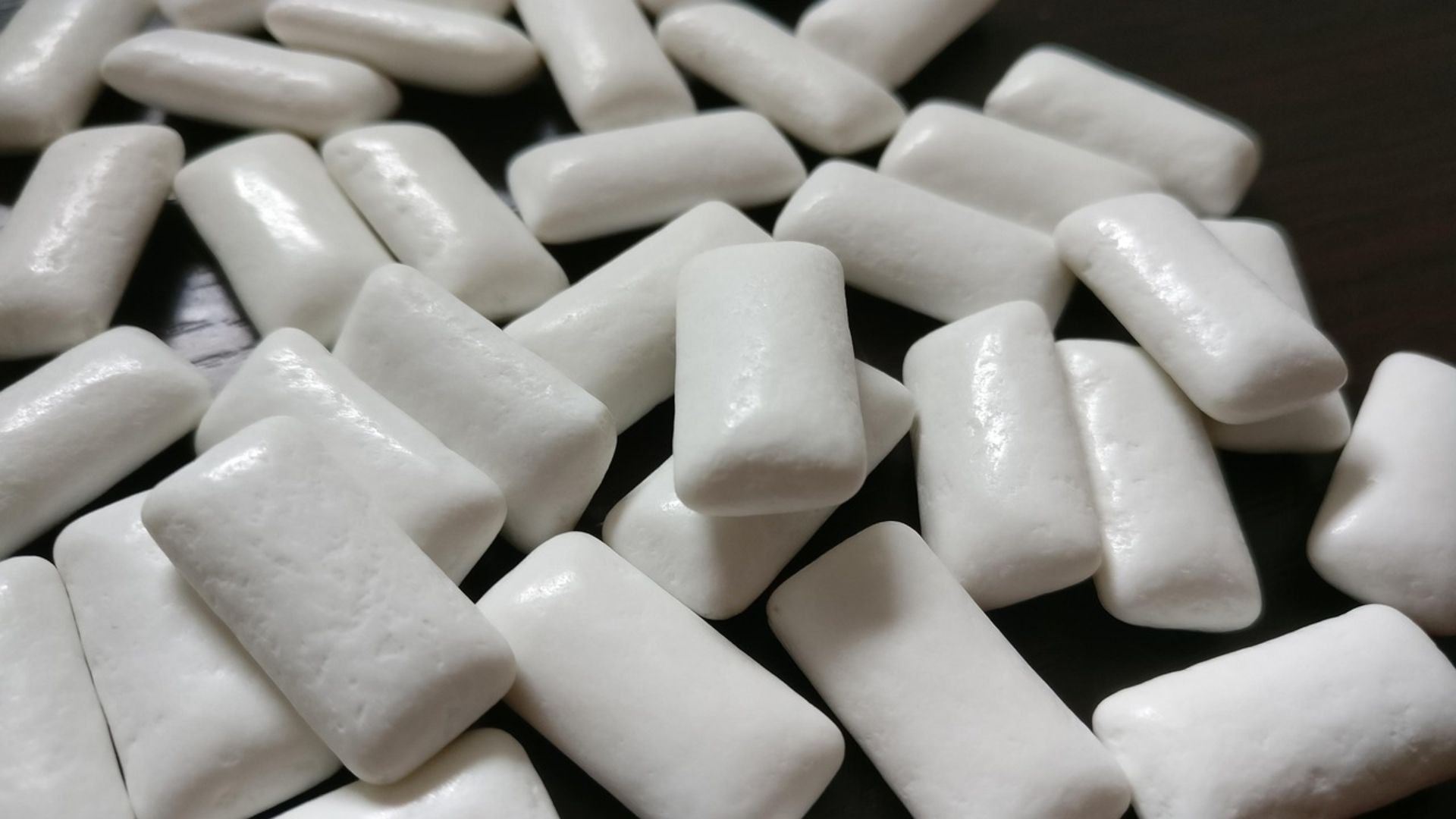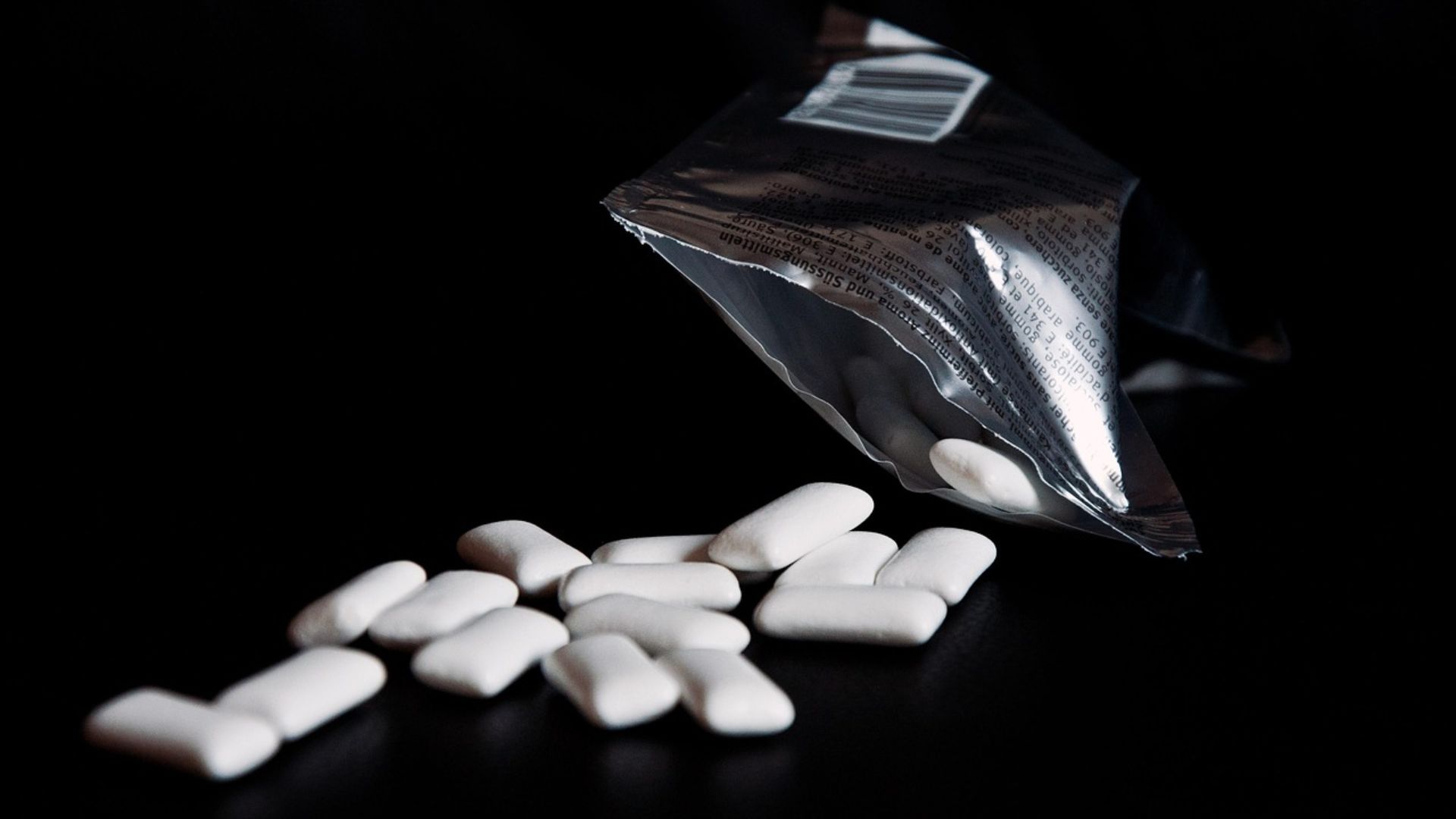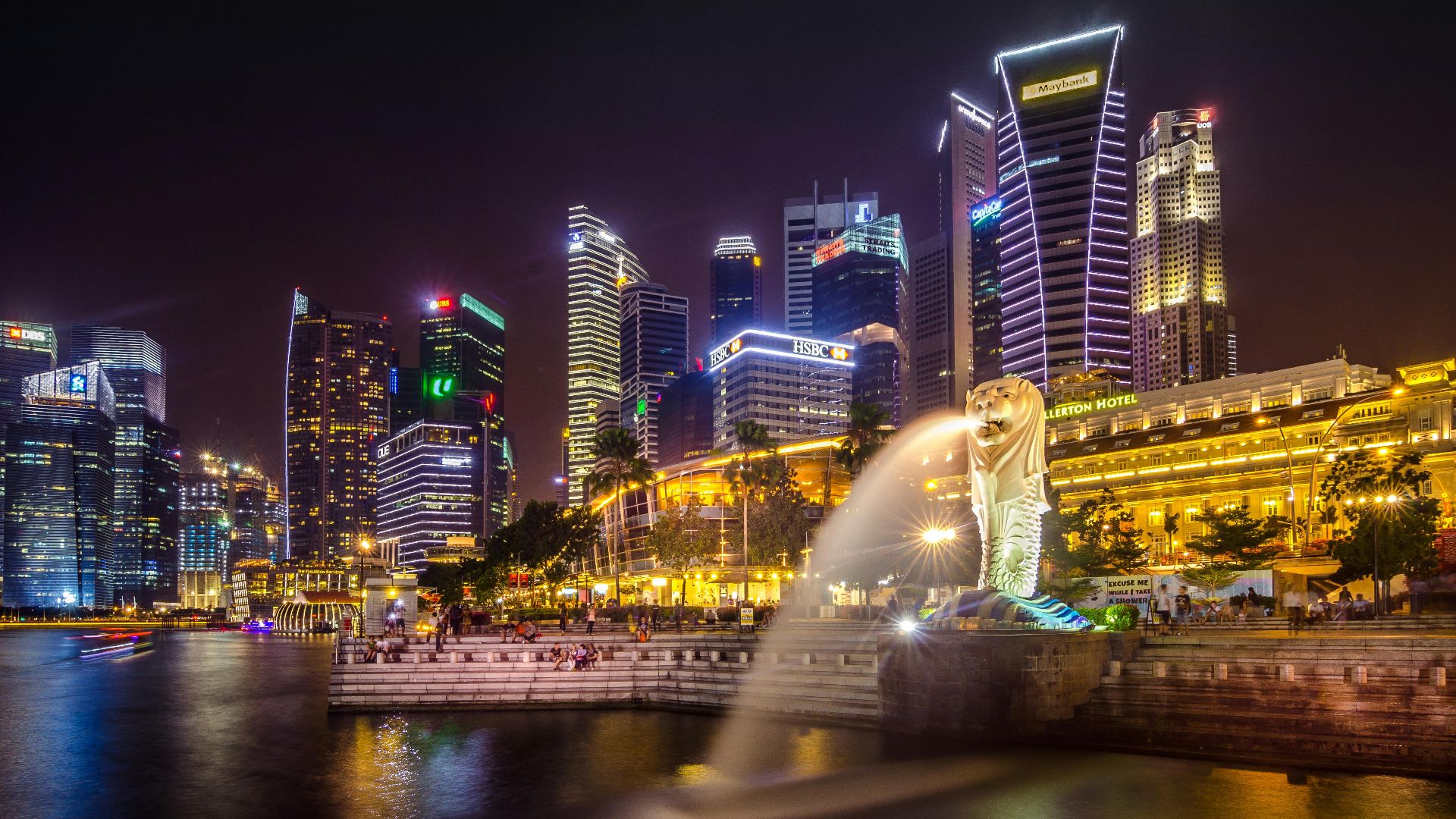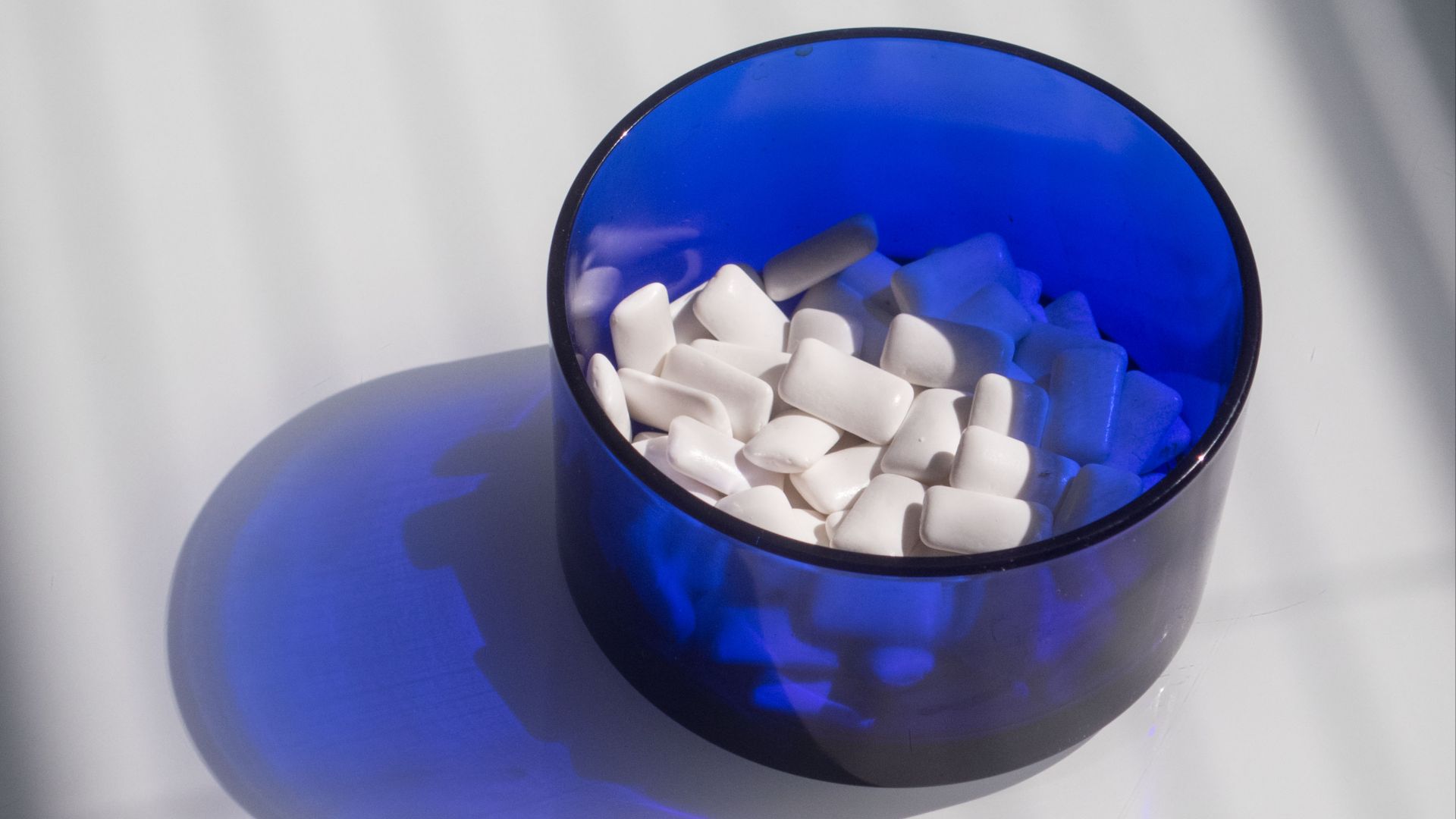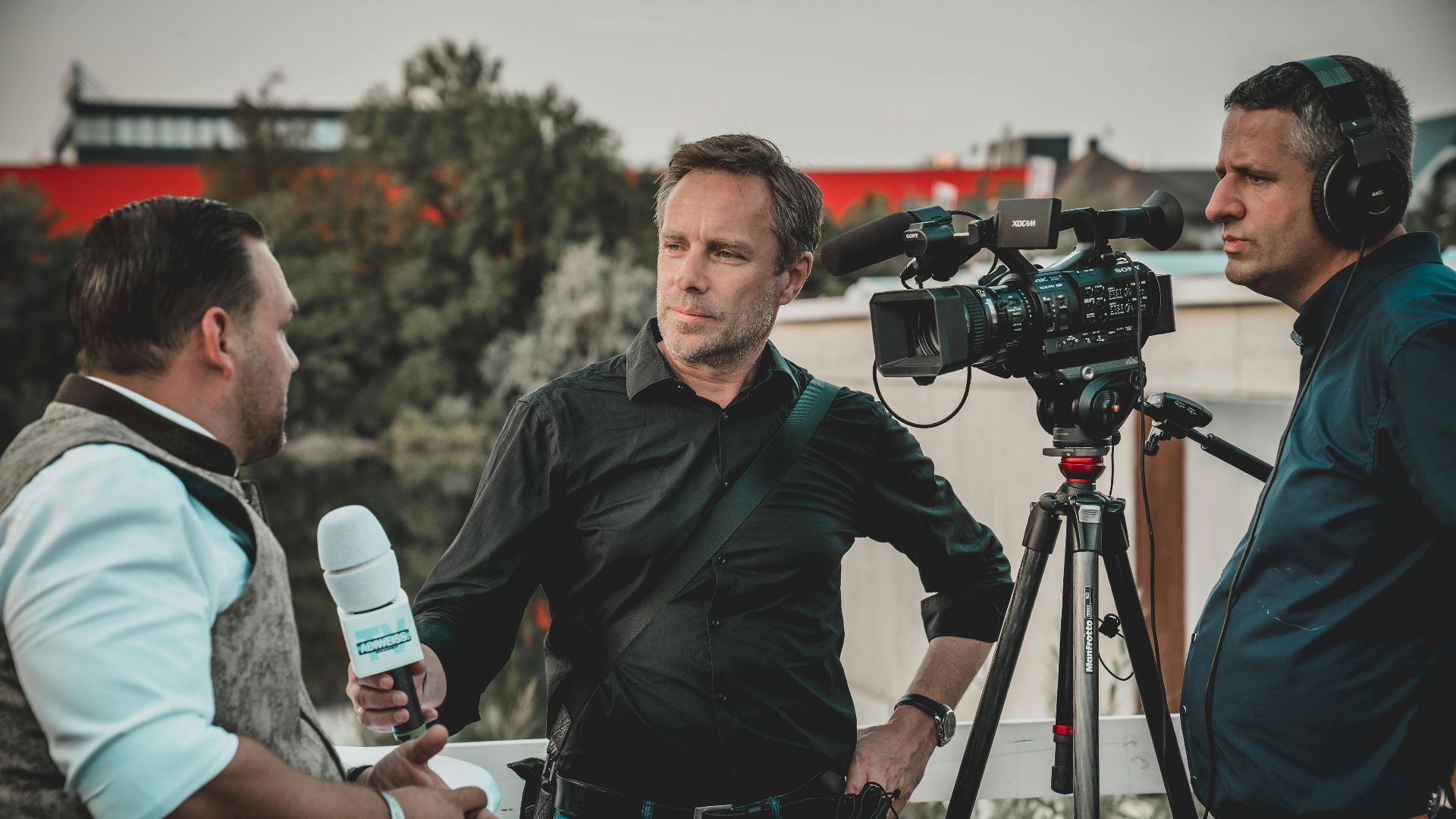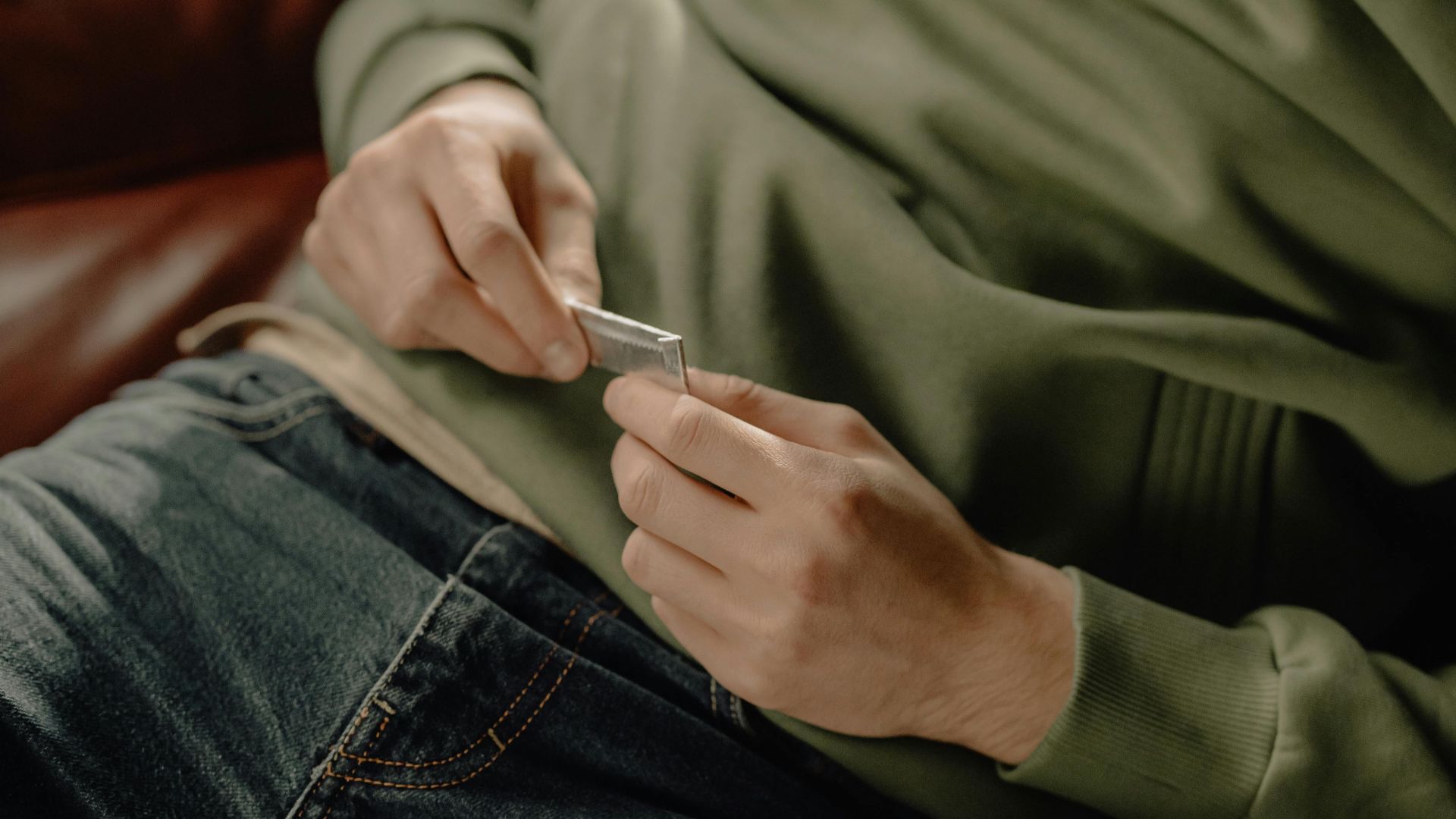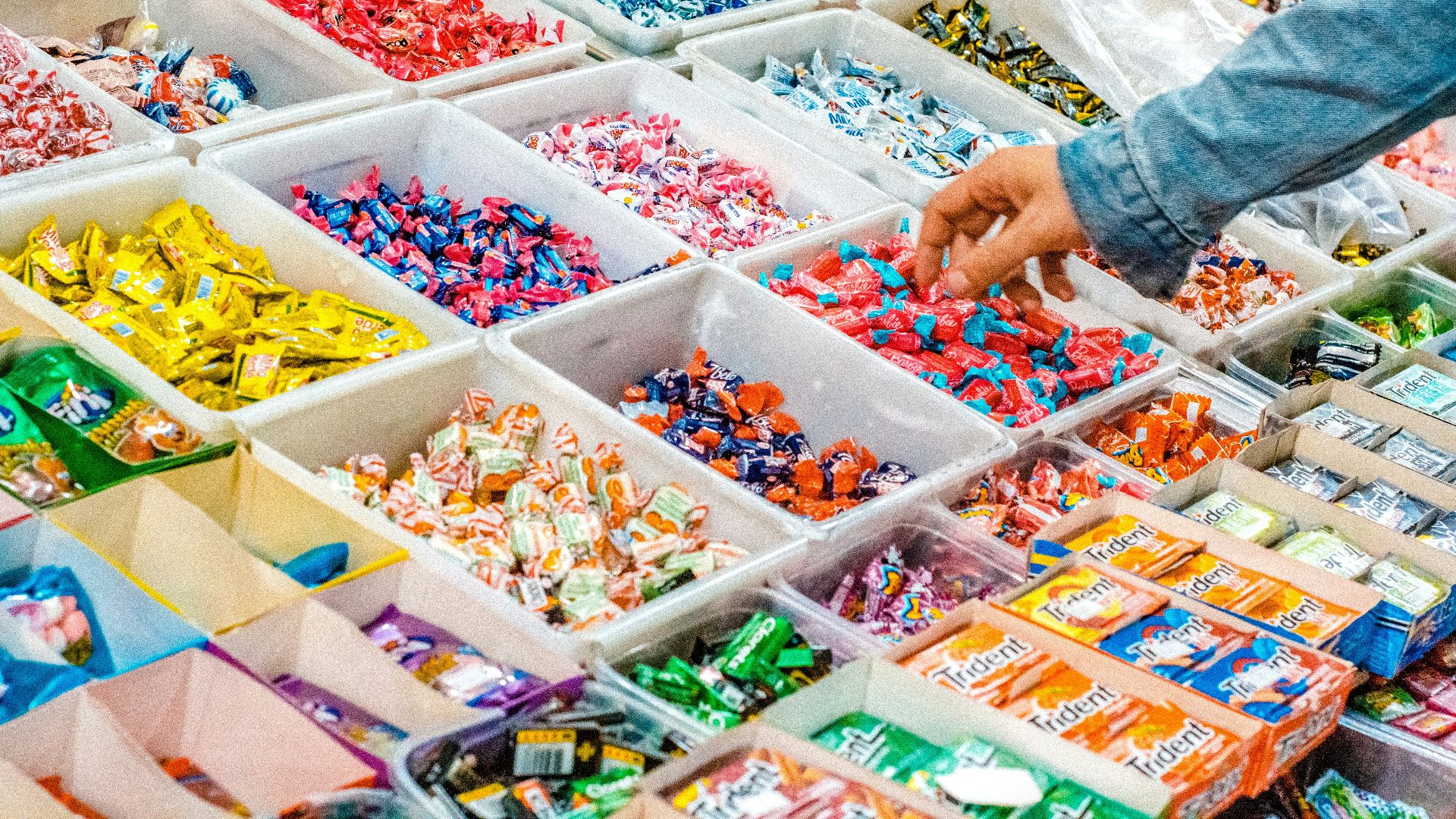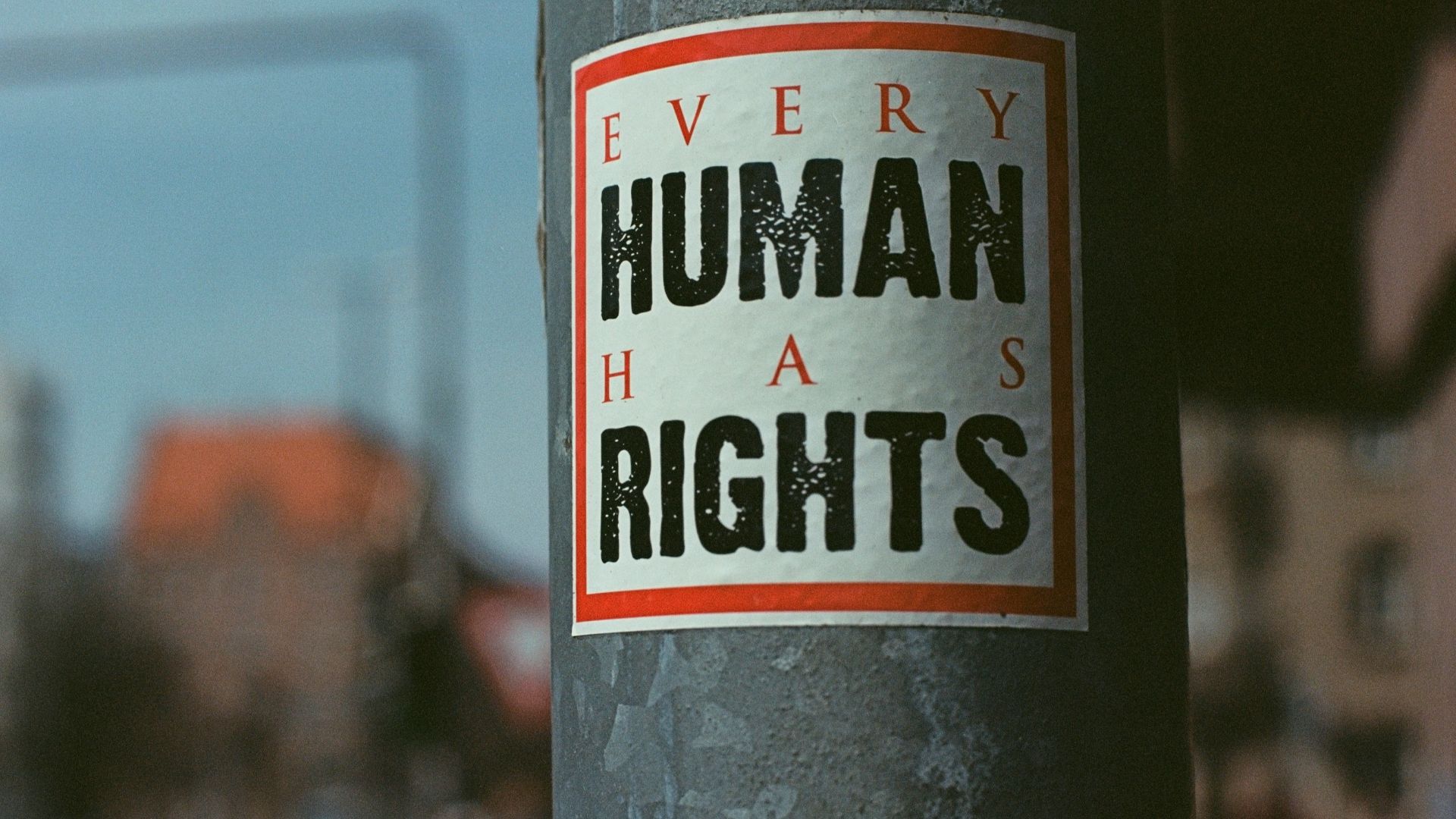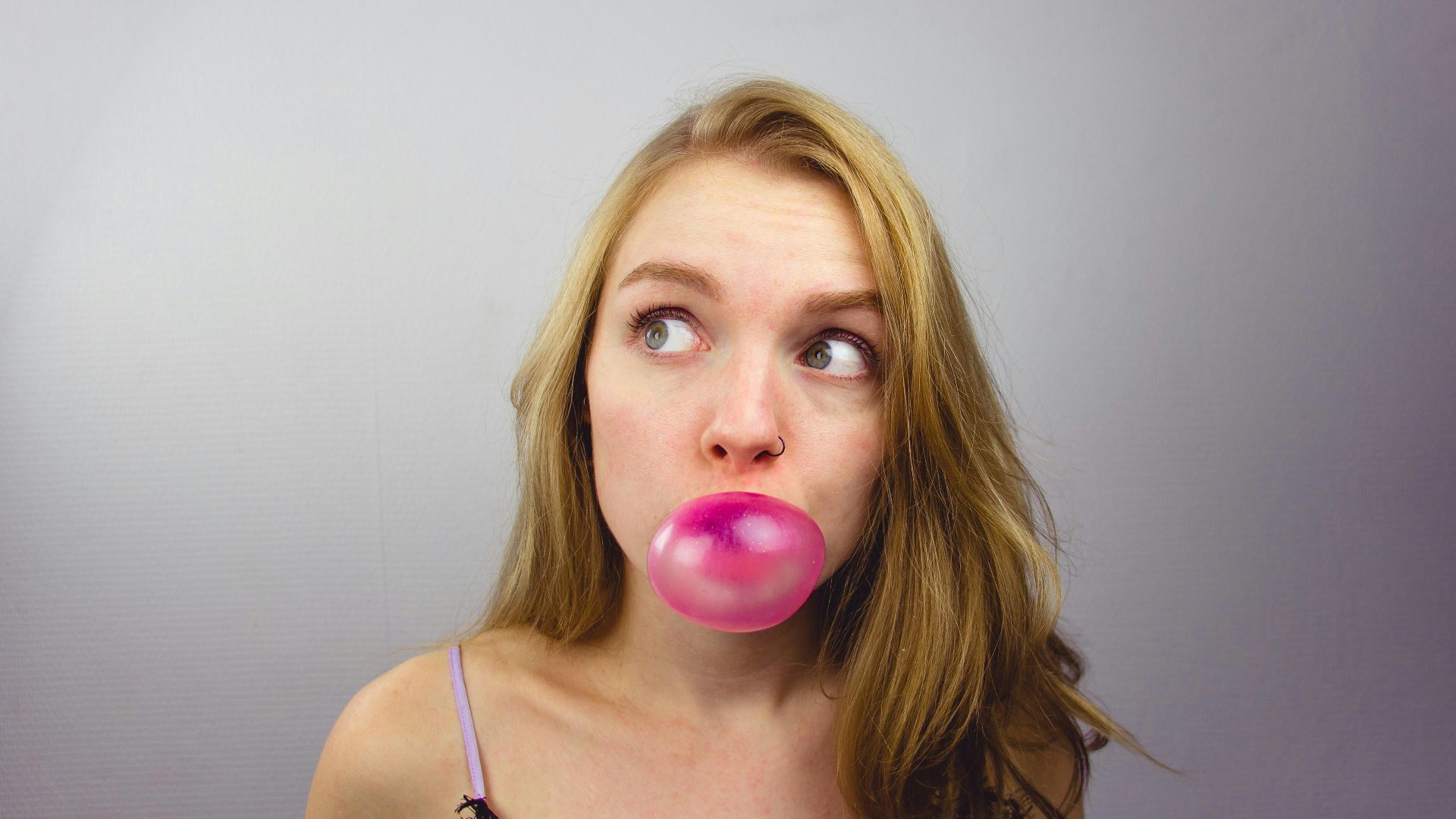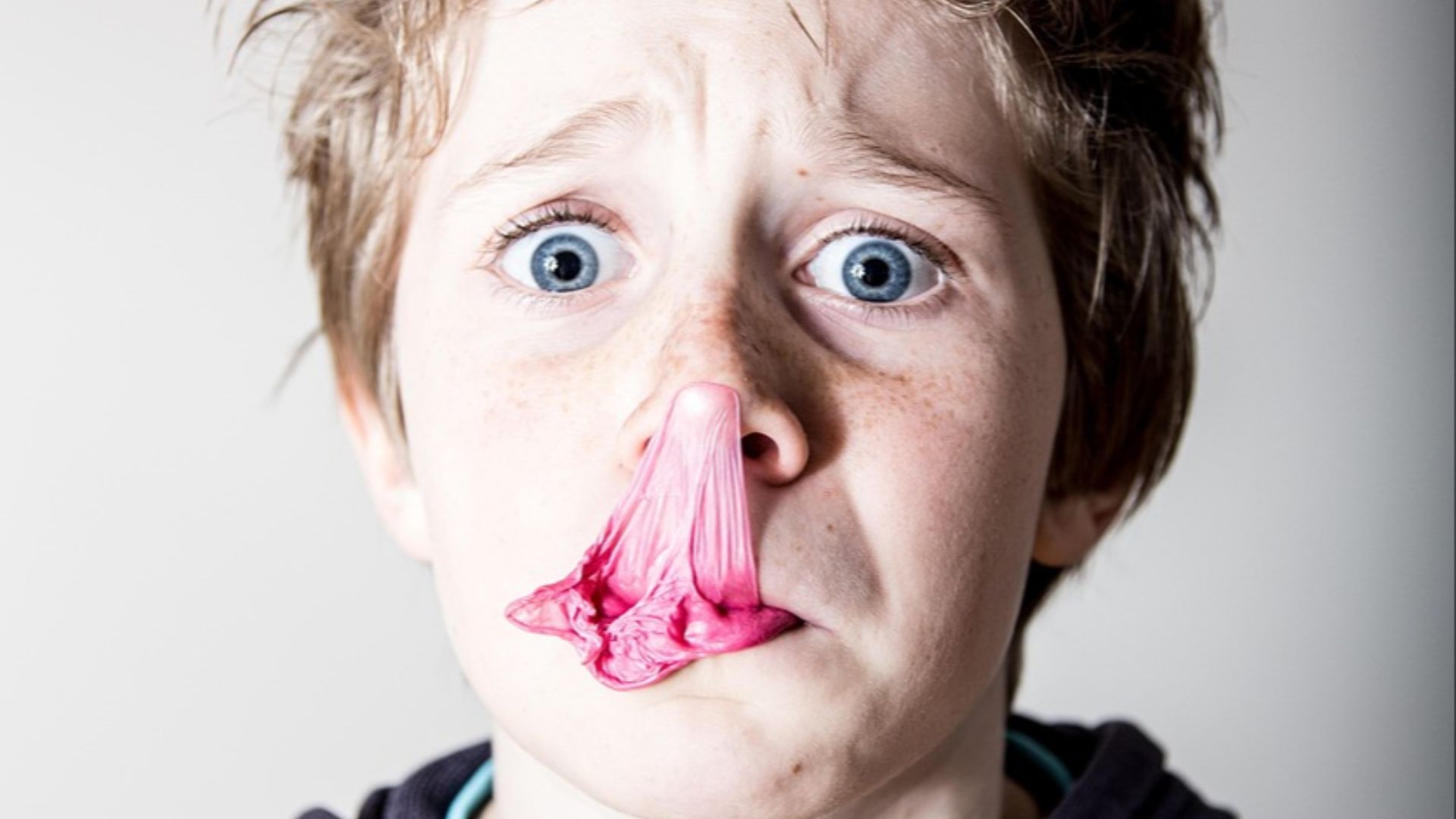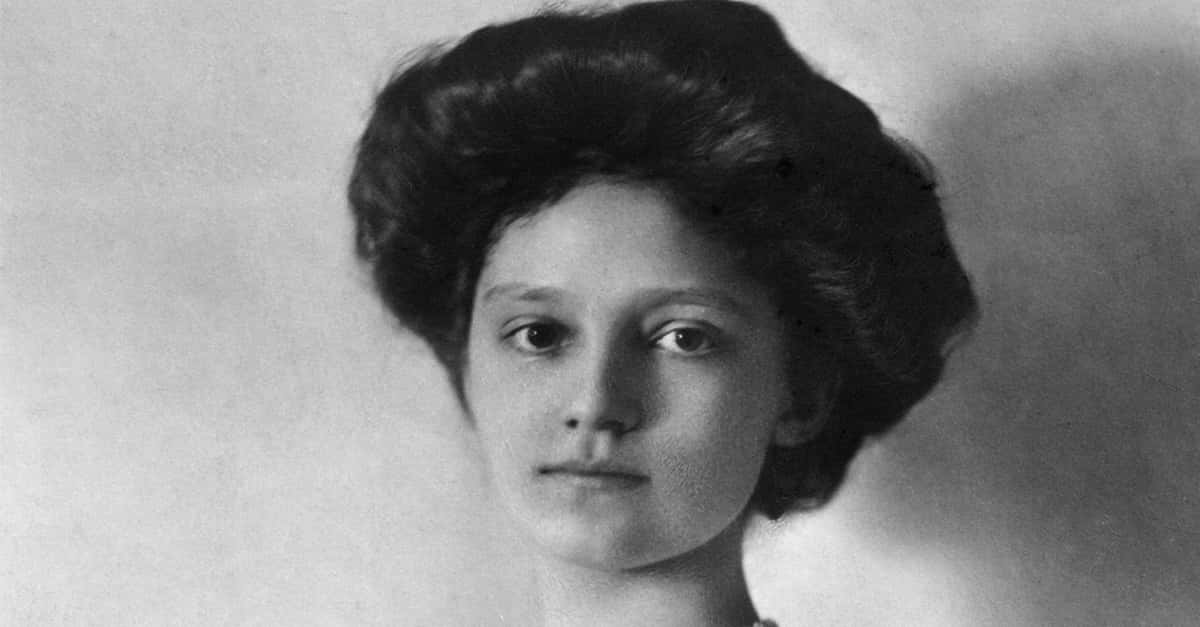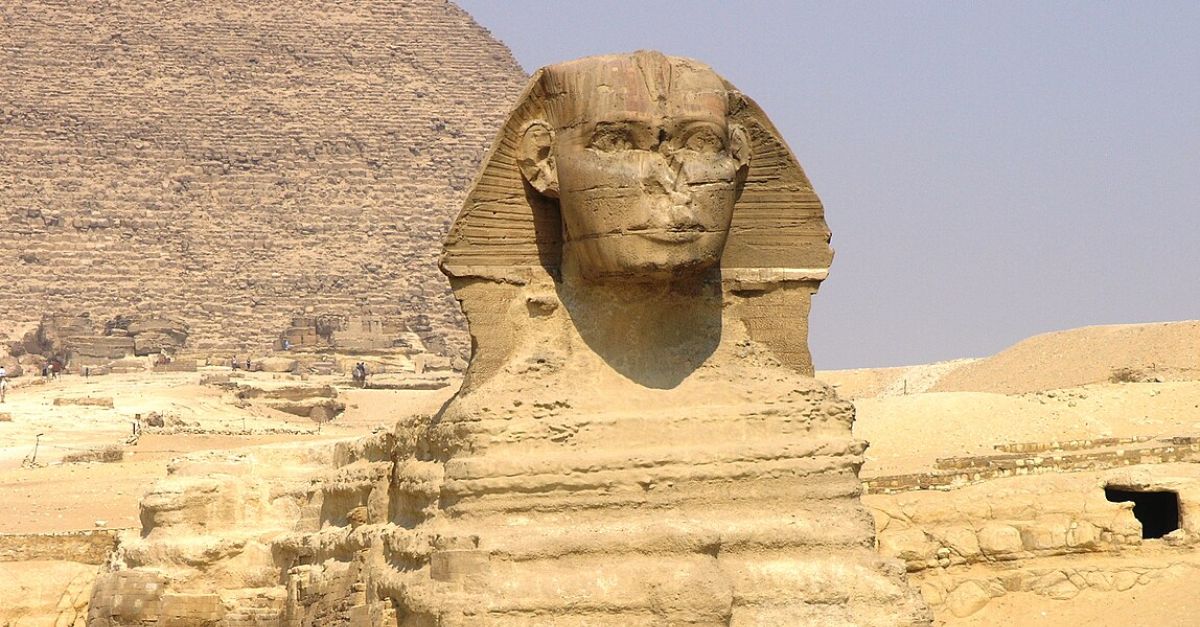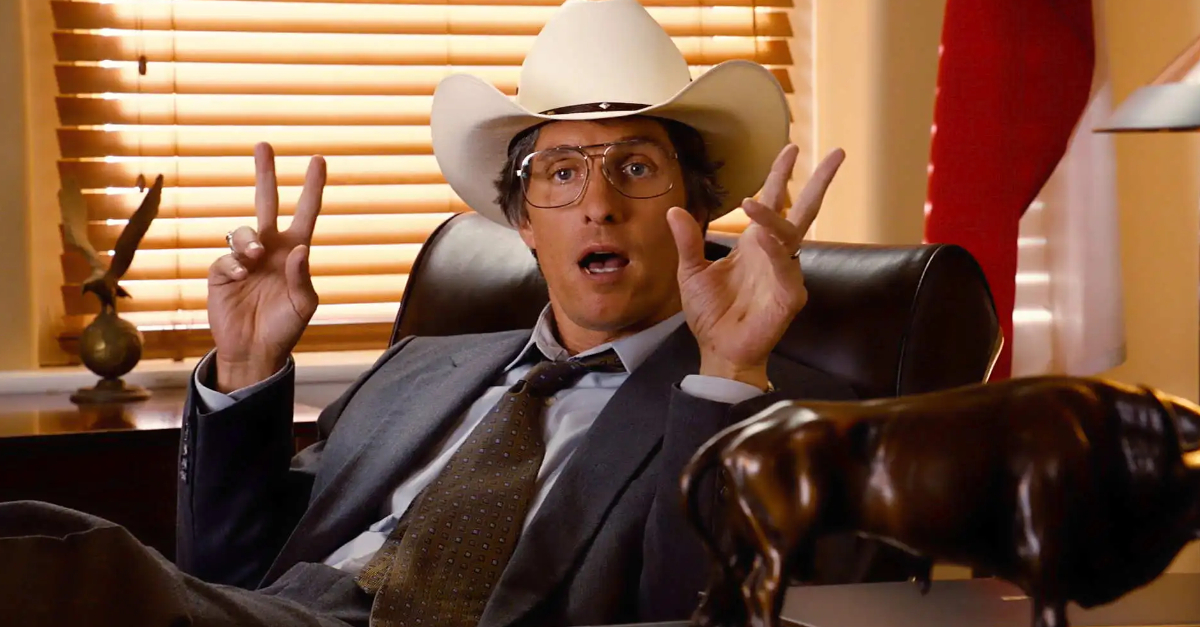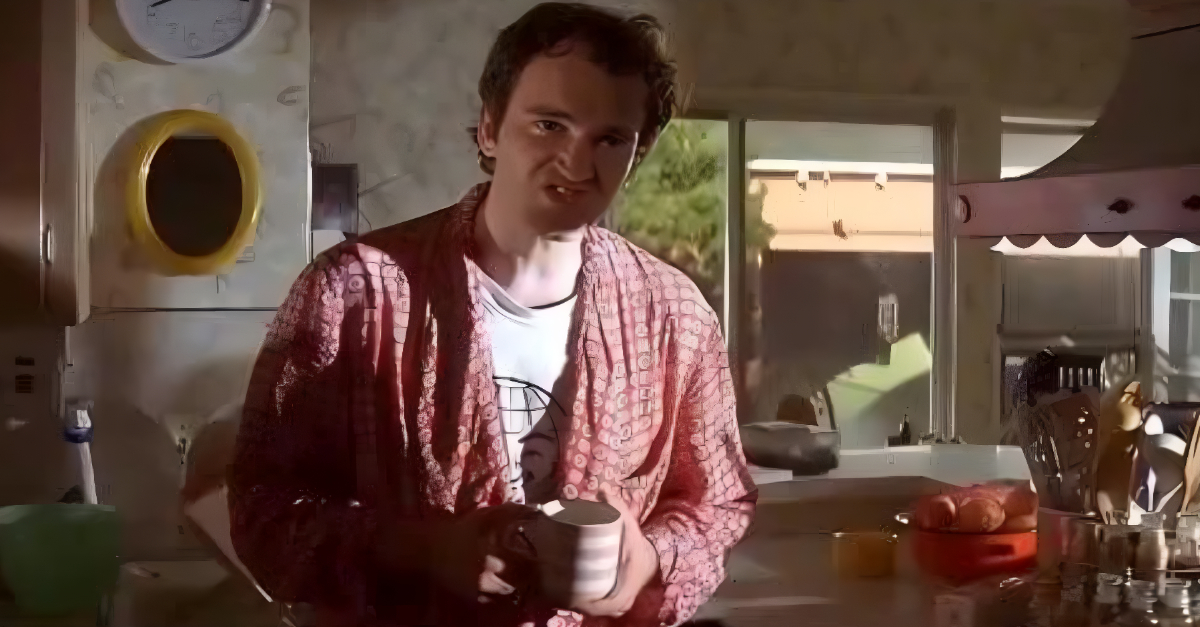Gum Control: Singapore’s Sticky Situation
Singapore is famous for its cleanliness and strict laws—but nothing captures that combo platter better than its infamous chewing gum ban.
To outsiders, it doesn't make much sense: Why would a country outlaw something as mundane as gum? But behind this sticky situation lies a fascinating story of public infrastructure, cultural values, and a government’s no-nonsense attitude.
Let’s unwrap the true tale of how—and why—Singapore banned chewing gum.
A City Known for Cleanliness
Singapore prides itself on being one of the cleanest cities in the world. The streets are immaculate, public spaces sparkle, and even littering can result in some pretty hefty fines or public service. So, the chewing gum ban? It fits right into this culture of order and tidiness.
The Origins of the Ban
The chewing gum ban was officially enacted in 1992, but the story begins earlier. In the 1980s, the Singaporean government became increasingly frustrated with how gum was being used—and misused—across the city-state.
More Than Just Litter
Gum wasn’t just ending up on sidewalks. People were sticking it on door sensors, mailboxes, elevator buttons, and bus seats. The cleanup cost was high, and the mess was constant. It wasn’t just gross—it was disruptive.
The Final Straw: MRT Disruption
The tipping point came when vandals stuck gum on the sensors of MRT (Mass Rapid Transit) train doors, causing them to malfunction. These disruptions weren’t just slightly annoying—they were both costly and dangerous. Finally, something had to be done.
Enter Lee Kuan Yew
Singapore’s first Prime Minister, Lee Kuan Yew, was a strong believer in discipline and order. His government viewed chewing gum not as a snack, but as a threat to public cleanliness and function.
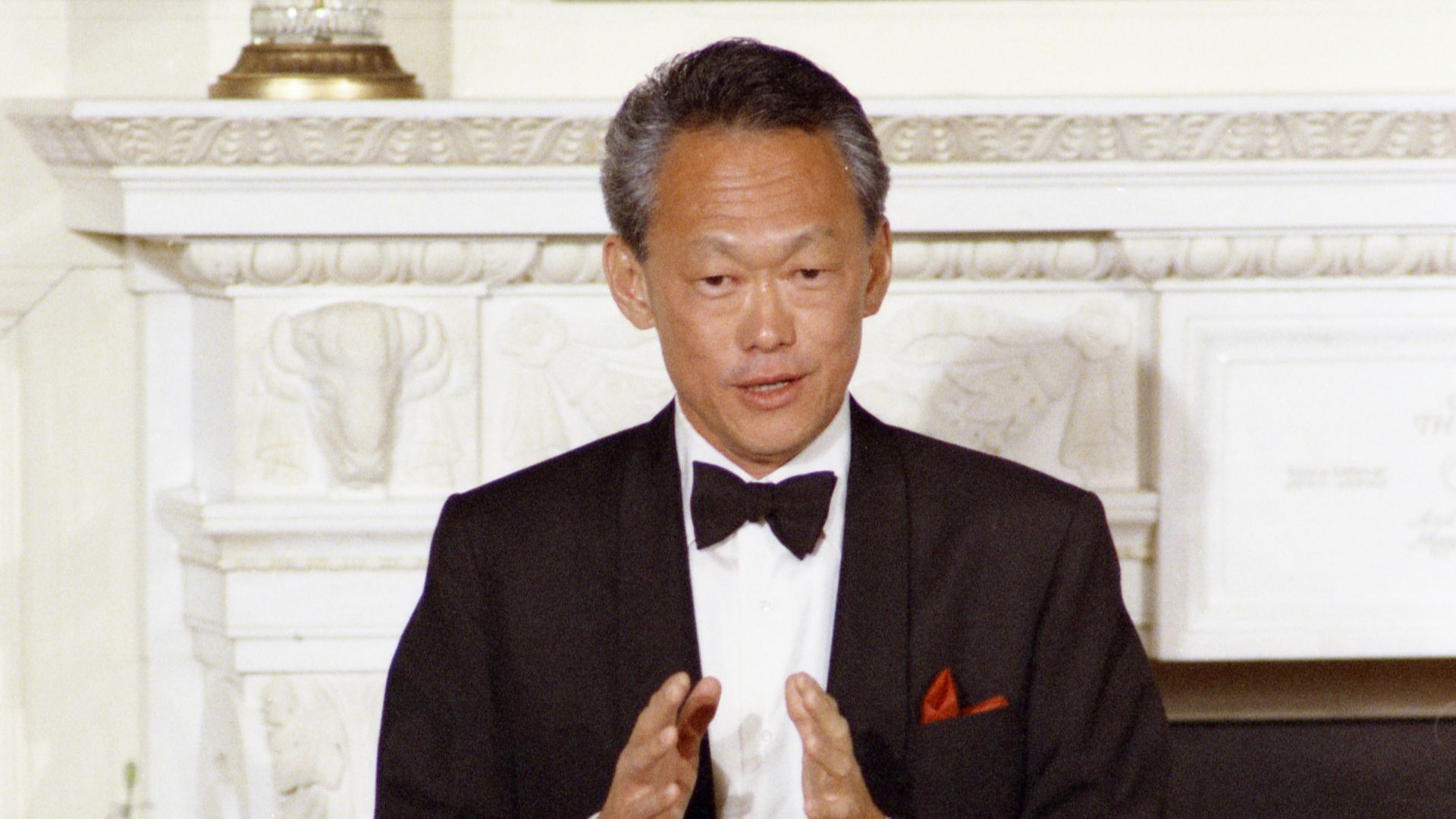 Unknown authorUnknown author or not provided, Wikimedia Commons
Unknown authorUnknown author or not provided, Wikimedia Commons
Tough Laws, Tight Controls
In 1992, the government passed a law banning the import, sale, and manufacture of chewing gum. Possession wasn’t criminalized—but sellers and importers faced strict penalties.
A Global Curiosity
The gum ban quickly became an international curiosity. Western media mocked the rule, seeing it as an example of authoritarian micromanagement. But in Singapore, the public largely accepted it as necessary.
It Wasn’t About Health
This wasn’t a health crusade. Unlike cigarette bans, the gum ban wasn’t about bodily harm—it was about property damage, cost, and public disruption. The message? Chew responsibly, or not at all.
Tourists Were Confused
Visitors were often shocked to find chewing gum outlawed. Some even thought it was illegal to bring a stick into the country. In reality, the ban targeted sellers and importers, not casual chewers.
Media Portrayals
The gum ban became a punchline in countless media outlets. It was mentioned on *The Simpsons*, joked about in late-night talk shows, and cited in articles about “weird foreign laws.”
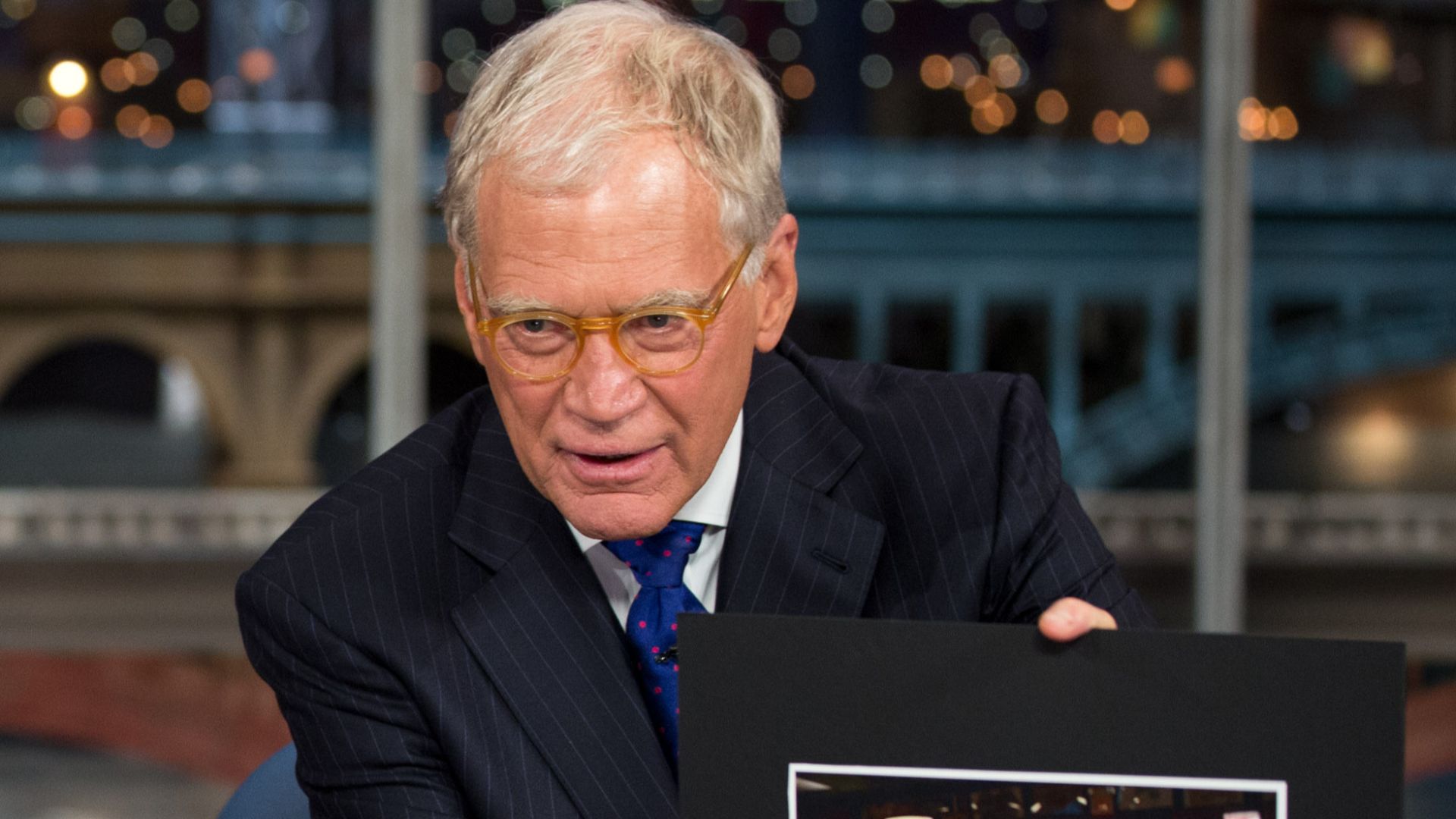 The White House from Washington, DC, Wikimedia Commons
The White House from Washington, DC, Wikimedia Commons
Enforcement Was Serious
Though chewing gum possession wasn’t punished, authorities did crack down hard on those who tried to sell or import it. Smuggling gum could lead to fines or imprisonment.
Caning Myths
Despite myths circulating abroad, no one was ever caned for chewing gum. That punishment is reserved for offenses like vandalism—not candy-related crimes.
 Voice of America, Wikimedia Commons
Voice of America, Wikimedia Commons
The Ban Was Working
By the late ’90s, Singapore had dramatically reduced gum vandalism. Public spaces stayed cleaner, and MRT door malfunctions decreased. The ban was getting results.
Not Everyone Was Happy
Some Singaporeans found the ban excessive. They saw it as an example of government overreach, especially those who had lived or studied abroad and returned home to stricter norms.
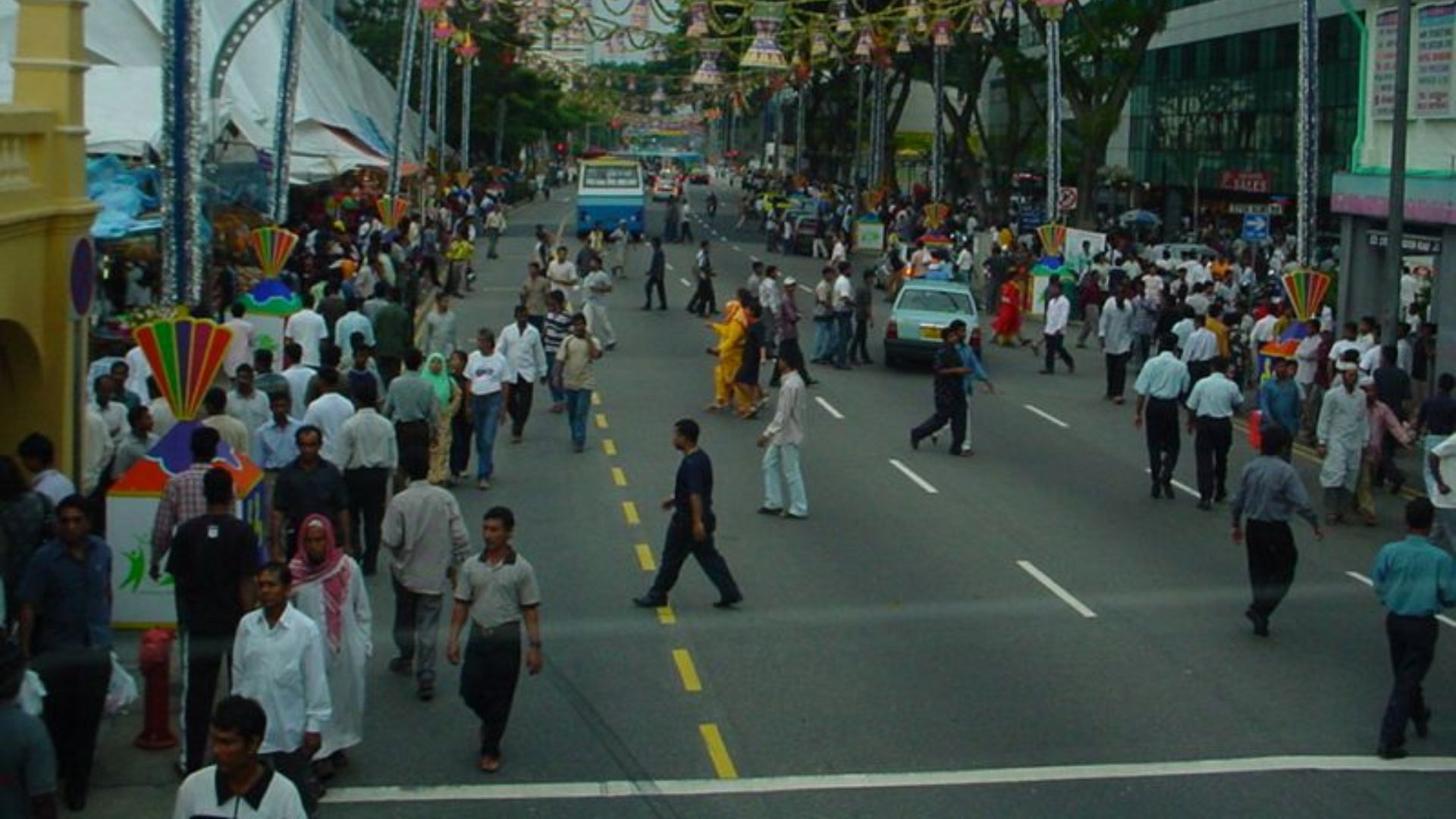 No machine-readable author provided. Sippala assumed (based on copyright claims)., Wikimedia Commons
No machine-readable author provided. Sippala assumed (based on copyright claims)., Wikimedia Commons
American Trade Deal Changes Things
In the early 2000s, the U.S. was negotiating a Free Trade Agreement with Singapore. One unexpected sticking point? Chewing gum.
Enter Wrigley’s Lobbyists
Wrigley, the American gum company, lobbied the U.S. government to pressure Singapore to loosen the ban. It wasn’t about personal freedom—it was about opening the market.
A Loophole Opens
As part of the 2004 U.S.–Singapore Free Trade Agreement, Singapore agreed to allow “therapeutic chewing gum”, but only under strict conditions. It was a symbolic and commercial concession.
What Is “Therapeutic” Gum?
Therapeutic gums include dental health gum and nicotine gum. These were classified as medicinal products and could be dispensed by licensed pharmacists.
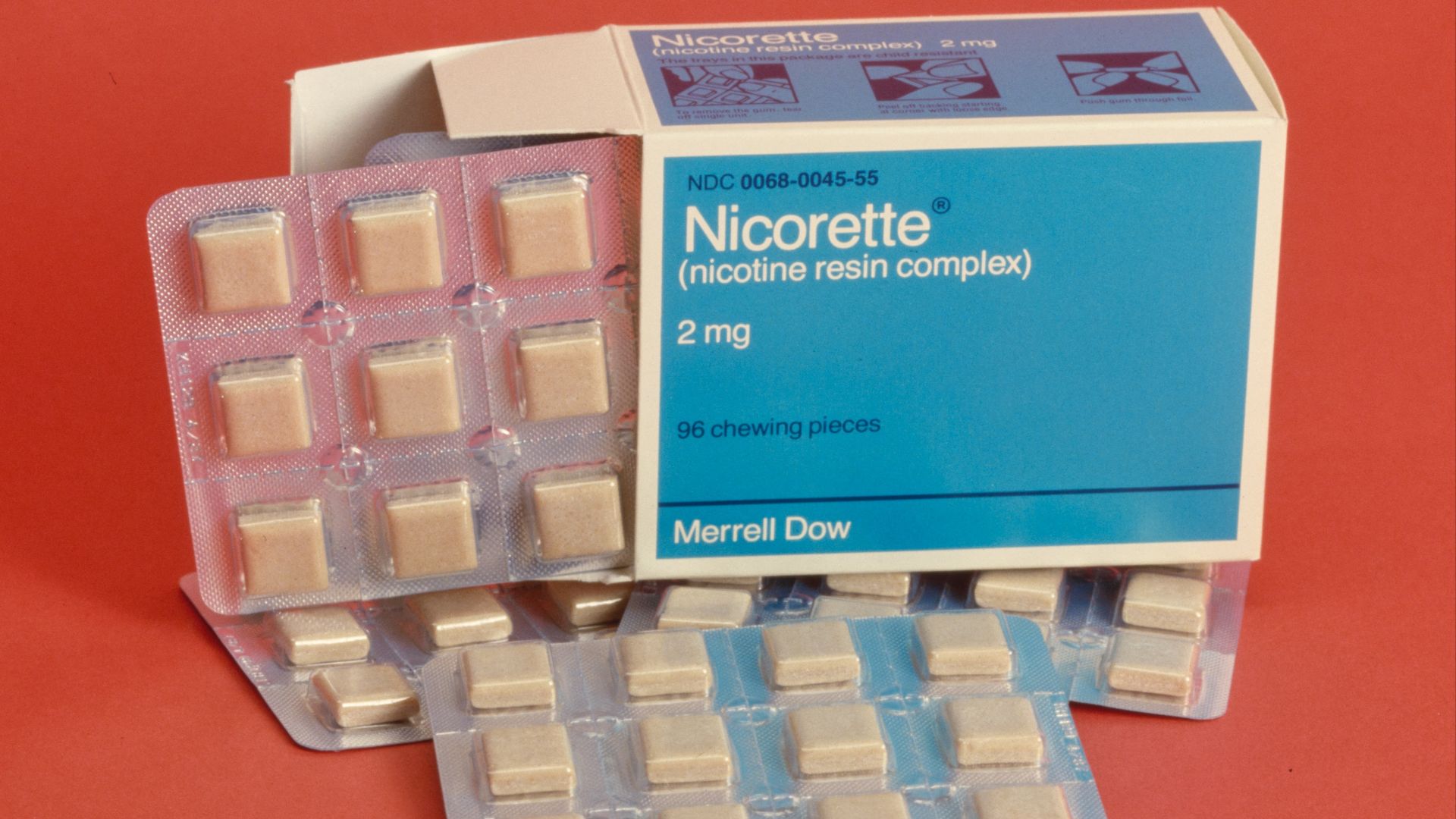 Gotfryd, Bernard, photographer, Wikimedia Commons
Gotfryd, Bernard, photographer, Wikimedia Commons
You Still Need a Reason
Therapeutic gum is still controlled. While ID is not always required, pharmacists may ask your purpose for buying it and provide usage guidance.
The Public Response
The general population didn’t clamor for gum to return. Most Singaporeans were used to life without it and valued the cleaner streets and functional infrastructure.
The Ban Helped Define Singapore
Along with fines for littering and bans on graffiti, the gum law became part of Singapore’s global identity—a symbol of its efficiency, discipline, and zero-tolerance governance.
A Model or a Warning?
Some urban planners admire Singapore’s clean environment. Others warn that too much control can stifle personal freedom. The gum ban is often cited in “nanny state” discussions.
The Cost of Clean
While officials say the ban helped reduce maintenance, there’s no public data proving it dramatically cut cleaning costs. Still, many believe it helped keep things under control.
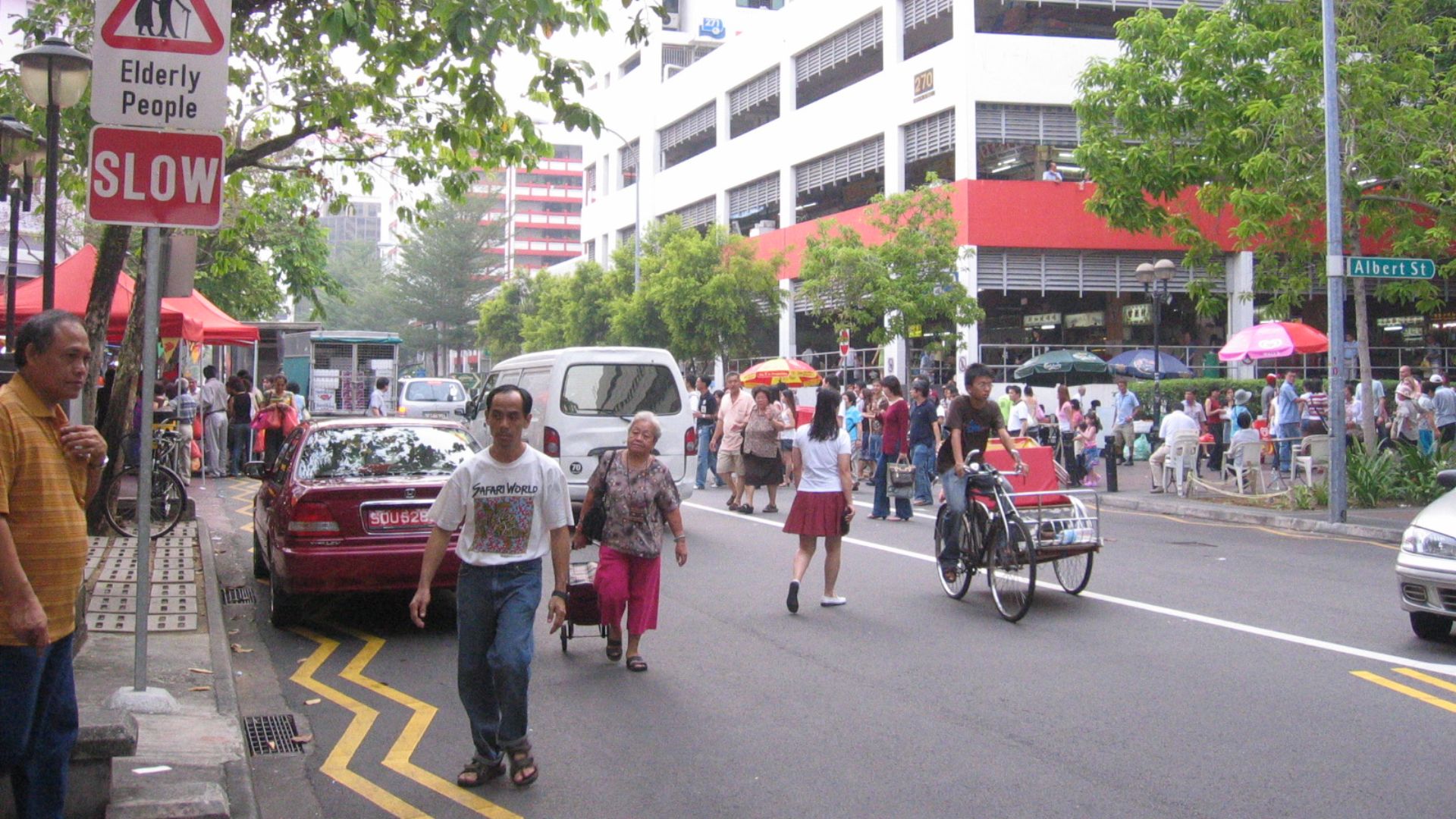 Taken by Terence Ong, Wikimedia Commons
Taken by Terence Ong, Wikimedia Commons
Black Market Gum
There have been occasional reports of travelers bringing gum into the country. But buying or selling it without a license is still illegal, and there’s no large black market.
Not the Only Ban
Singapore also bans or restricts other items, like firecrackers, e-cigarettes, and certain publications. The gum ban is part of a broader strategy of social management.
Schoolkids Learn the Rules Early
Singaporean children grow up learning civic responsibility. While the gum ban may not be a daily lesson, it’s widely known as part of national life from a young age.
It’s Still a Cultural Touchpoint
Despite the law, gum occasionally pops up in jokes, travel stories, and online debates. It’s become a national quirk—almost as iconic as “no durians” signs.
No Plan to Reverse It
To this day, Singapore has no intention of repealing the gum ban. Officials continue to stand by its effectiveness and practicality.
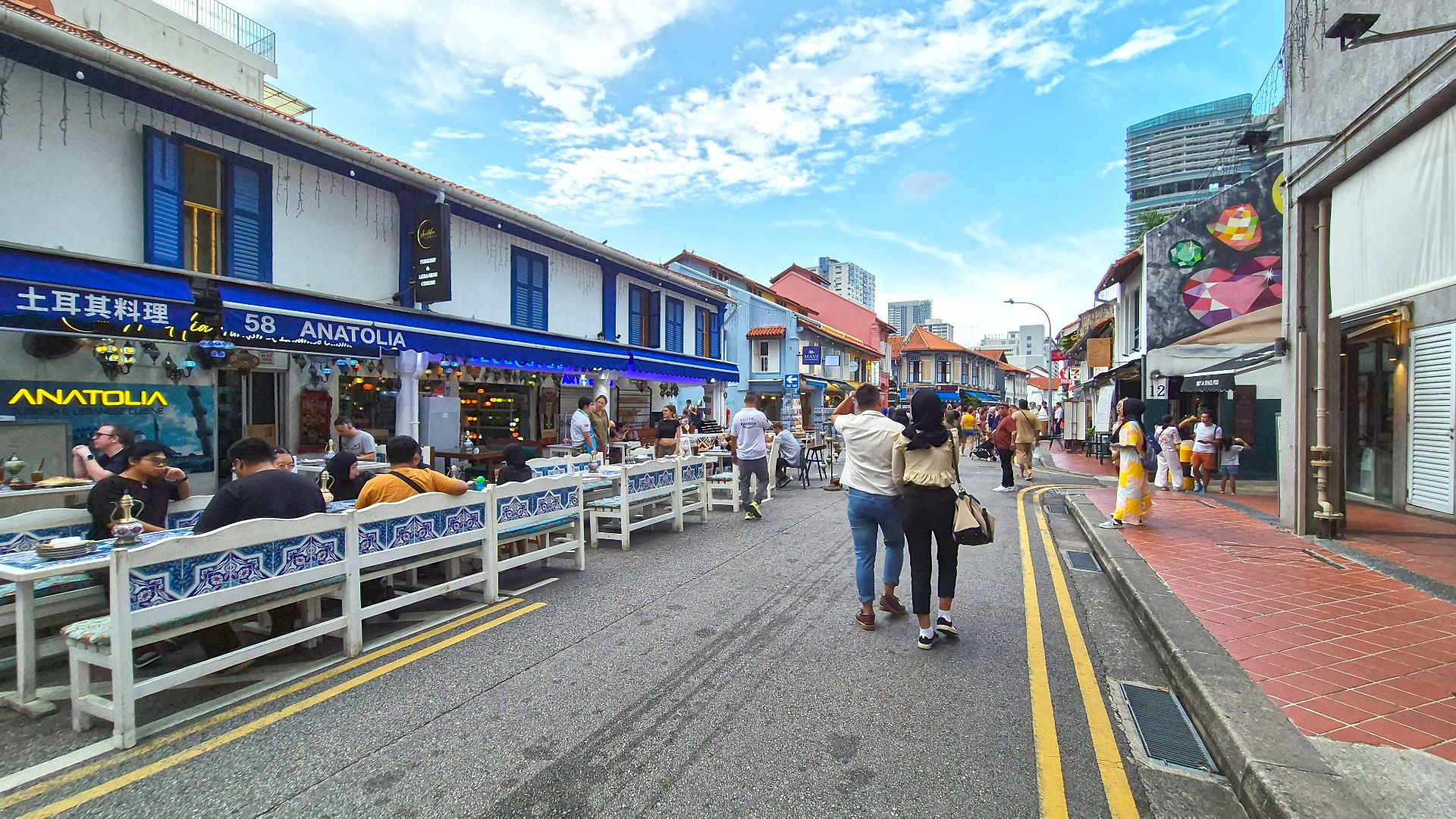 ScribblingGeek, Wikimedia Commons
ScribblingGeek, Wikimedia Commons
Exceptions Are Carefully Managed
Therapeutic gum is sold in a controlled and traceable manner. Pharmacists follow government guidelines, ensuring gum doesn’t become a casual commodity again.
A Favorite Topic for Journalists
Foreign reporters love asking locals about the gum ban. It’s a reliable curiosity piece and never fails to baffle readers unfamiliar with Singapore’s strict policies.
A Symbol of Efficiency
Supporters argue the gum ban represents Singapore’s bold, practical approach: identify the problem, remove the cause, and prioritize the common good—even if it’s unusual.
Tourists Are Still Surprised
Despite decades of headlines, many visitors still arrive confused—and go hunting for gum. Some even bring it as a gift, not realizing the restrictions.
Critics Say It’s Overkill
Human rights and civil liberties advocates point to the ban as an example of excessive control, even if it’s nonviolent. Still, it rarely becomes a local protest issue.
It Became a Meme Before Memes
Even before viral memes were a thing, the chewing gum ban was a global punchline—a shorthand for hyper-cleanliness and strict government control.
A Sticky Legacy
Whether you love it or hate it, Singapore’s chewing gum ban is one of the most famous modern laws. It’s a story of discipline, order, trade politics—and a little minty mischief.
You Might Also Like:
Ranking The Worst Countries For Expats—According To Expats
The Ultimate Travel Bucket List: 100 Things You Need To See (And Do) Around The World Before You Die

